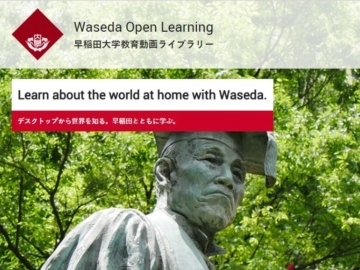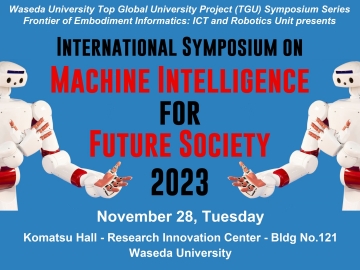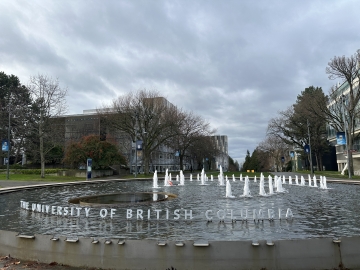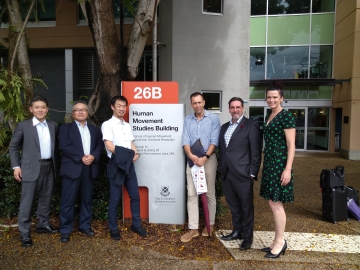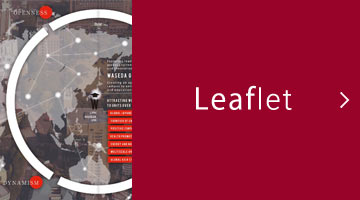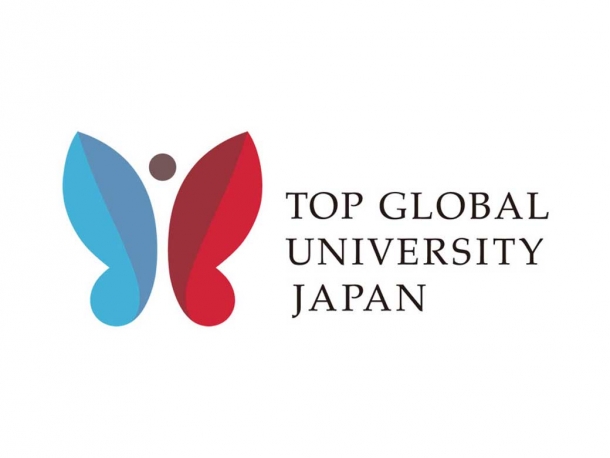
Deciphering the Mechanisms of Movement Performance to Help Improve Competitive Skills and Promote Health
Using Measuring Instruments to Visualize Body Movements and Muscle Actions in Detail
My laboratory is conducting research that explores the mechanisms of movement performance from the biomechanics and exercise physiology perspectives. Now that the various imaging technologies such as MRI and ultrasound are rapidly developing, it is becoming possible to analyze skeletal muscle actions during exercise in more detail while observing the structure inside of muscles. Making use of these technologies, we aim to find out the correlation between forms and functions of the whole body and individual skeletal muscles; their changes caused by training, growth, and aging; and the underlying mechanisms. We also hope to use these results in a wide variety of ways, such as to improve athletes’ performance, prevent injuries, help with rehabilitation, improve the health of the elderly, and promote children’s healthy development.

Focus on Collaboration with Industry and Government through Cross-Disciplinary Research
 We are also focusing on research projects in cooperation with companies and local governments. As an example, we worked with the city of Nishitokyo to develop physical exercises (Shaki-Shaki Taiso) aimed at improving children, middle aged and elderly people’s health, and we then conducted promotional activities and effectiveness tests. We confirmed through the results that the exercises are effective to improve muscle strength and power. We are also working with sports equipment manufacturers to develop shoes and sportswear that help to improve performance and prevent injuries. At the Human Performance Laboratory (an internal organization of which I am the director of), we aim to conduct research on improving athlete’s performance and bring those outcomes to the general public. Sport sciences and engineering faculties of Waseda are at the core of the organization, and we work together with companies and researchers from both inside and outside Waseda.
We are also focusing on research projects in cooperation with companies and local governments. As an example, we worked with the city of Nishitokyo to develop physical exercises (Shaki-Shaki Taiso) aimed at improving children, middle aged and elderly people’s health, and we then conducted promotional activities and effectiveness tests. We confirmed through the results that the exercises are effective to improve muscle strength and power. We are also working with sports equipment manufacturers to develop shoes and sportswear that help to improve performance and prevent injuries. At the Human Performance Laboratory (an internal organization of which I am the director of), we aim to conduct research on improving athlete’s performance and bring those outcomes to the general public. Sport sciences and engineering faculties of Waseda are at the core of the organization, and we work together with companies and researchers from both inside and outside Waseda.
Such cross-disciplinary efforts and active research in cooperation with industry and government are characteristic of Waseda, and there are increasingly many opportunities for students to take on challenges inside and outside the University. The Waseda environment is one of the most international and diverse in Japan. International students can easily come to feel at home, students of various nationalities can work hard together, and research can be done while connecting with Japanese companies and local governments. I hope students will actively take advantage of these valuable opportunities unique to Waseda.
Being Able to Observe and Understand Humans Becomes Important
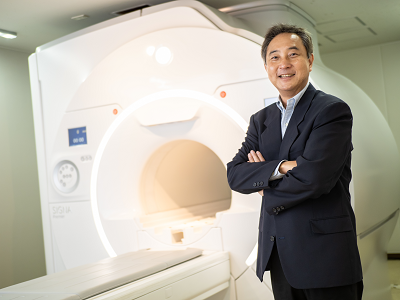 I am confident that a graduate school of this quality would be hard to find even abroad, given our faculty with strong track records across all fields of sport sciences and our enhanced research facilities. Advanced equipment, including a high-end MRI unit, is available on campus. However, these devices cannot do more than help us understand an individual. I do occasionally tell students the importance of honing their observation skills. I want them to be able to observe the subject’s body and movements with their own eyes, feel the sense of a person through their dialogue, and see through to their characteristics: muscle mass, muscle strength, stamina, and so on. Only then can they properly determine what they should choose out of the many measuring instruments and methods and what they should measure with them.
I am confident that a graduate school of this quality would be hard to find even abroad, given our faculty with strong track records across all fields of sport sciences and our enhanced research facilities. Advanced equipment, including a high-end MRI unit, is available on campus. However, these devices cannot do more than help us understand an individual. I do occasionally tell students the importance of honing their observation skills. I want them to be able to observe the subject’s body and movements with their own eyes, feel the sense of a person through their dialogue, and see through to their characteristics: muscle mass, muscle strength, stamina, and so on. Only then can they properly determine what they should choose out of the many measuring instruments and methods and what they should measure with them.
Honing observation skills also leads to being able to correctly identify the needs of a person in need. I think the true charm of working on research in health science is that we can grow into people that support others, give evidence-based advice for problems, and lead others to solutions.
Profile
Professor Kawakami specializes in biomechanics and exercise physiology. He completed the Graduate School of Education at the University of Tokyo with a doctorate in education. He was an associate professor at the University of Tokyo and Waseda University before becoming a professor at the latter in 2005. He has also been the director of the Human Performance Laboratory since 2017, the director of Waseda’s Comprehensive Research Organization since 2020, and a vice president at Waseda since 2021.
